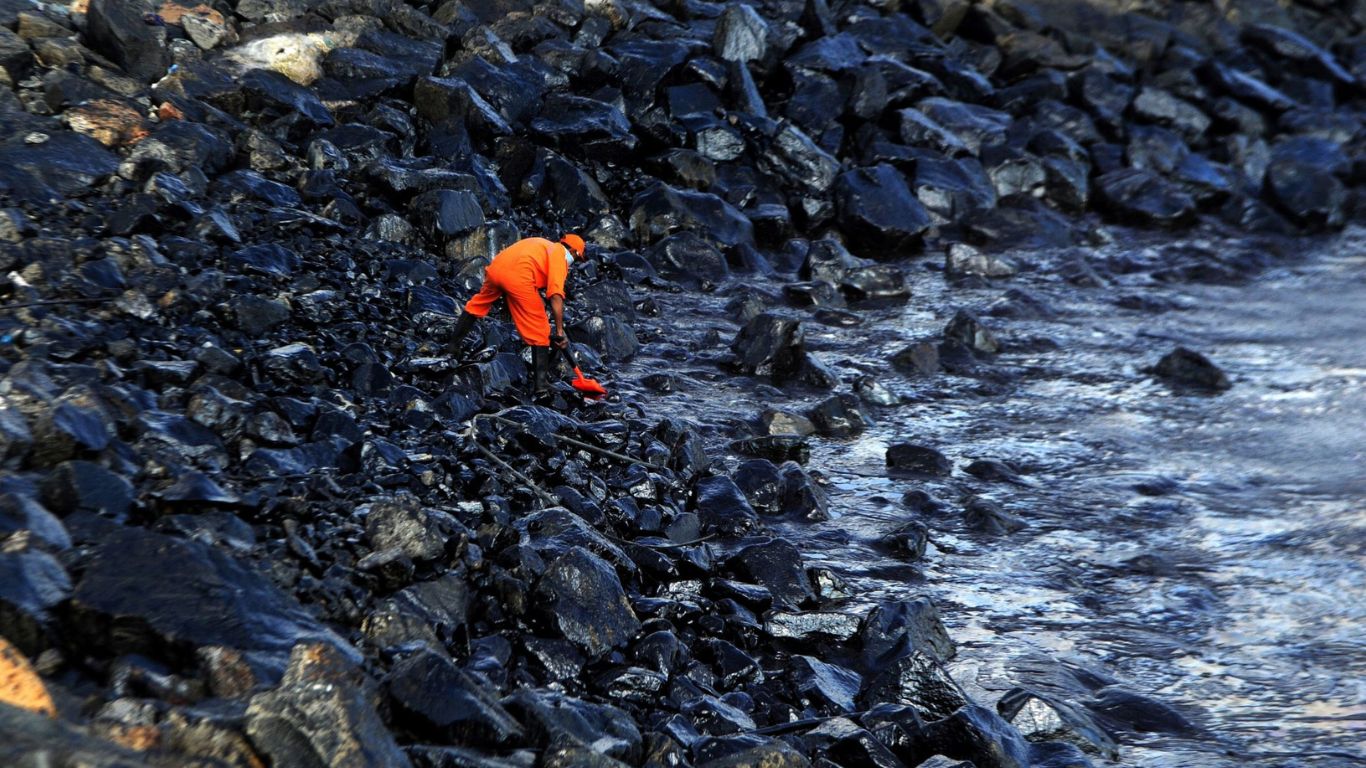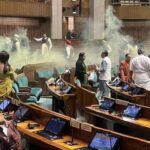A significant environmental concern has emerged in Chennai as a massive oil spill originating from the Chennai Petroleum Corporation Ltd (CPCL) refinery has now spread over 20 square kilometers into the sea. The spill, exacerbated by inadequate stormwater management during last week’s floods triggered by cyclone Michaung, is posing a threat to the coastal ecosystem and the livelihoods of local residents. Efforts are underway to contain the leak and mitigate the impact on the environment.
The Origin and Impact
CPCL’s Refinery Identified
The Tamil Nadu Pollution Control Board has identified inadequate stormwater management at CPCL as the root cause of the overflowing oil mixed water during the recent floods. The spill has now reached alarming proportions, affecting more than 20,000 people residing along the banks of the Buckingham Canal in Ennore, North Chennai. The spill’s impact on marine life and the livelihoods of local communities is a growing concern.
Local Response: Fishermen’s Efforts
Rudimentary Methods
Local fishermen from various villages have taken matters into their own hands, using rudimentary methods such as plastic jugs to manually remove the oil slick from the water’s surface. Their grassroots efforts highlight the urgency of the situation and the immediate need for comprehensive cleanup measures.
Government Intervention
Mitigation Efforts
To address the crisis, the Coast Guard and local authorities have mobilized resources for mitigation. Seventy-five boats and 300 personnel are actively involved in the suction of oil from the water’s surface, transporting it safely to the shore. Additionally, four gully sucker machines have been deployed to remove oil from the water surface. Cleanup activities are also underway in nearby villages, involving the use of JCBs and other equipment to address oil-soaked debris.
The Chennai oil spill crisis demands immediate and coordinated efforts to contain the environmental impact and protect the livelihoods of those affected. The situation underscores the importance of stringent environmental regulations and proactive measures to prevent such incidents in the future. As the cleanup operations continue, it is crucial to assess the long-term consequences of the spill and implement sustainable solutions to safeguard the delicate coastal ecosystem.




